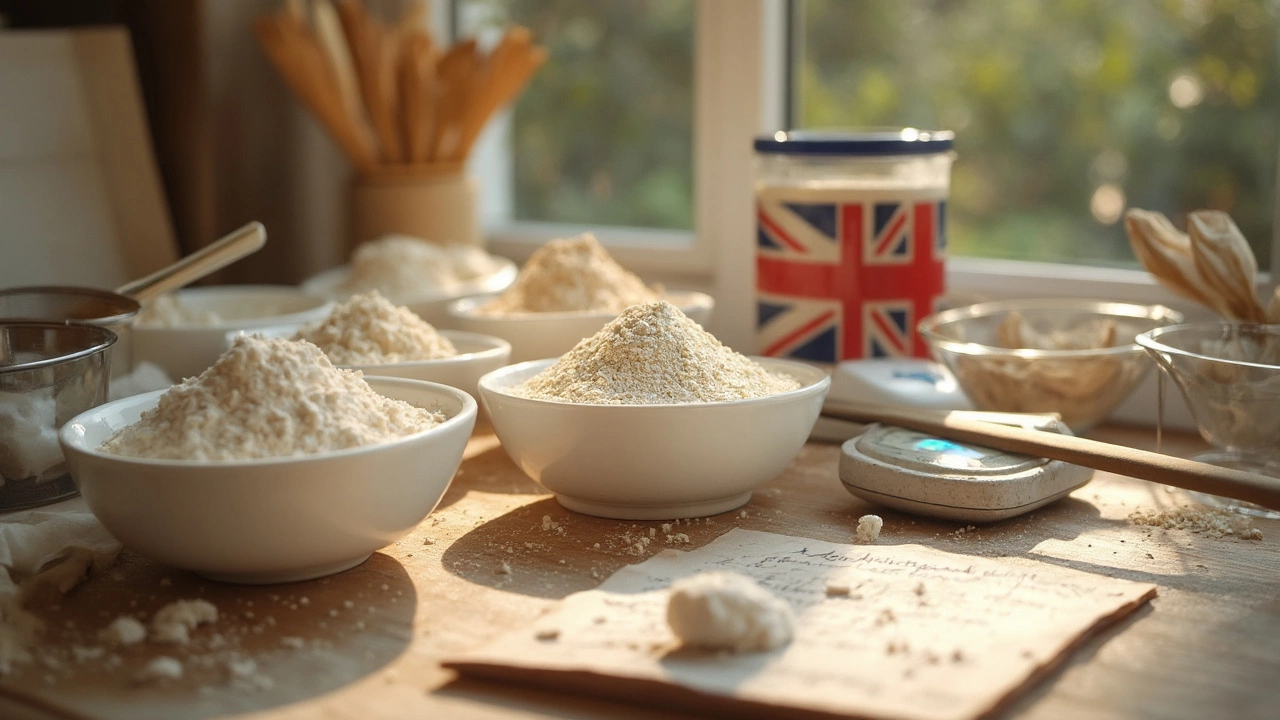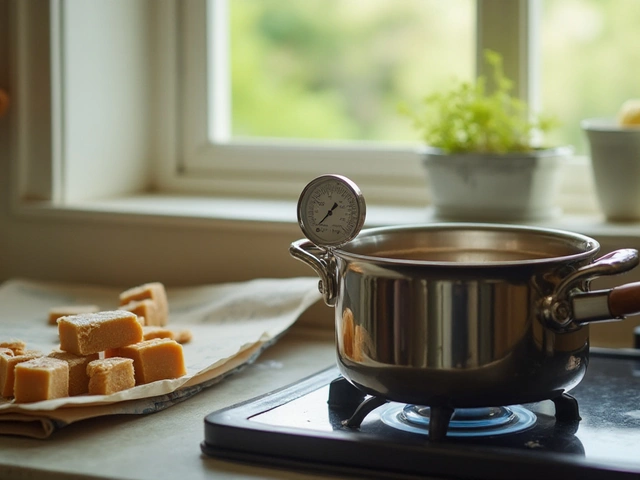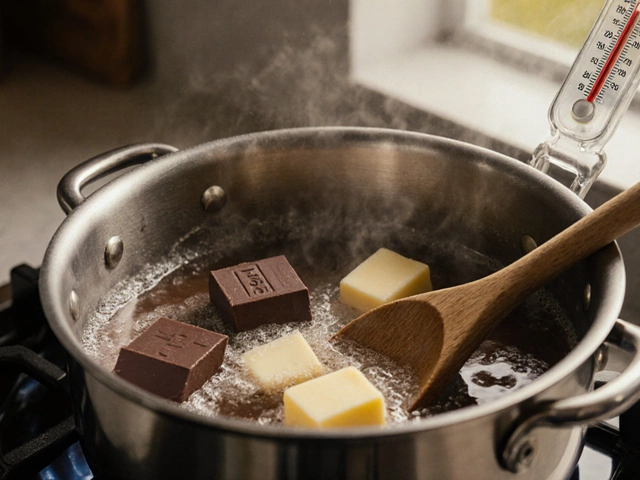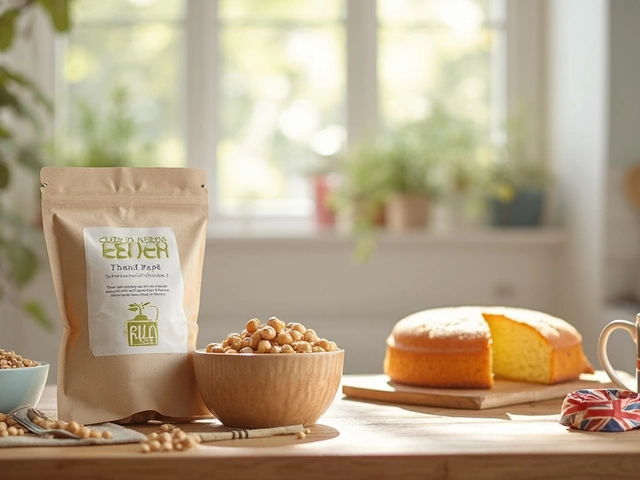Macaron Flour: What It Is and How to Use It
If you’ve ever tried making French macarons, you know the right flour makes or breaks the batch. The magic lies in a very fine, low‑fat almond flour (often called almond meal). It gives macarons their delicate crumb and smooth surface.
Not all almond flours are created equal. Some brands still contain a bit of almond skins, which adds grit and can cause cracks. Look for “blanched almond flour” or “finely ground almond meal” that’s sifted at least once. If you can, give it another quick sift before mixing – it removes any stray bits and creates a cloud‑like texture.
Choosing the Best Macaron Flour
When you shop, compare three things: texture, fat content, and freshness. A good macaron flour will feel almost powdery between your fingers and have a fat content around 10‑12%. Higher fat means more spread and softer shells, while too little fat can make the shells dry and crumbly.
Popular brands like Bob's Red Mill, King Arthur, or a local specialty store usually meet these standards. If you’re on a budget, you can grind blanched almonds yourself in a food processor, then sift twice to achieve the right consistency.
Practical Tips for Perfect Macarons
1. Sift twice. Two rounds of fine mesh sift remove lumps and prevent air pockets.
2. Use a kitchen scale. Weigh flour, eggs, and sugar for consistency – a 1% variance can change the outcome.
3. Rest the batter. After mixing the dry and wet ingredients, let the piped batter sit on the tray for 30‑45 minutes. This forms a skin that helps the shells rise evenly.
4. Don’t over‑mix. When folding the almond flour into the meringue, stop as soon as the mixture flows like lava – too much mixing makes the batter too runny.
5. Watch the oven. Preheat fully, then bake at 150‑155°C (300‑310°F) for about 12‑15 minutes. Every oven is different; start checking at the 10‑minute mark.
Storing your macaron flour is simple: keep it in an airtight container in a cool, dark pantry. If you buy in bulk, split it into smaller jars to keep moisture away. For long‑term storage, a freezer bag works well; just let it return to room temperature before using.
Now that you know the basics, try a quick recipe using the flour you have on hand. Mix 100 g almond flour, 50 g powdered sugar, and 70 g egg whites (weighed). Fold in a meringue made from 60 g granulated sugar and the egg whites, then pipe, rest, and bake. Fill with buttercream, jam, or chocolate ganache – whatever you love.
Whether you’re a first‑time baker or a seasoned macaron fan, mastering the right flour unlocks endless flavor possibilities. Experiment with flavors, colors, and fillings, but always start with a high‑quality, finely sifted almond flour for the best results.






